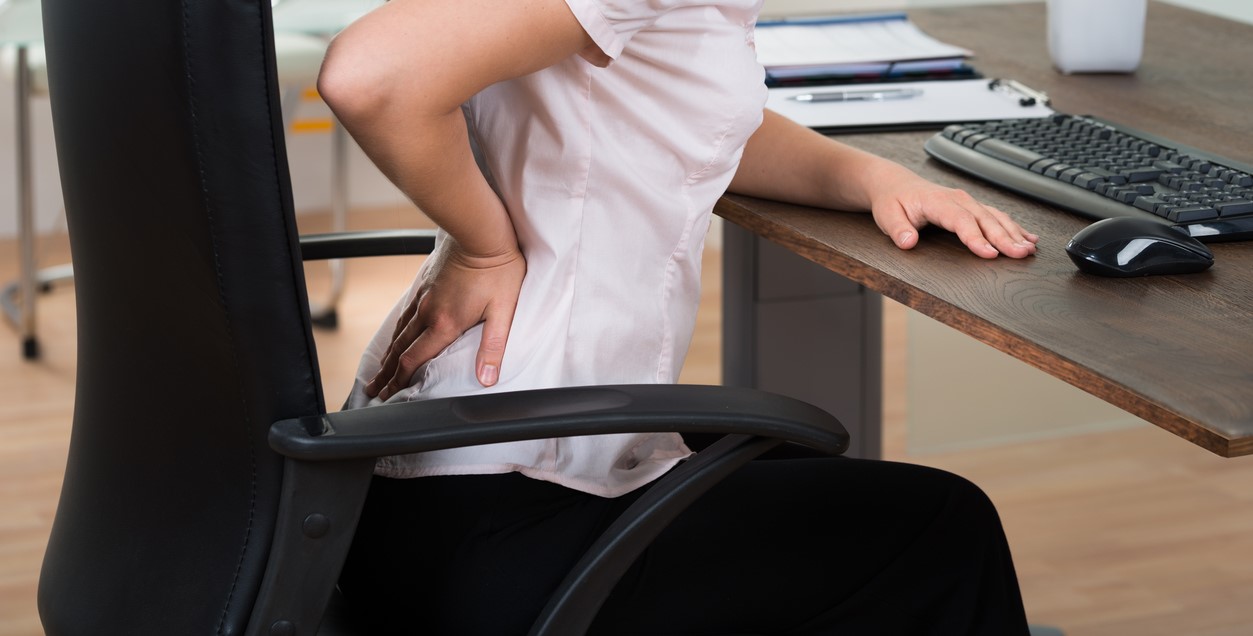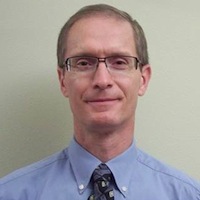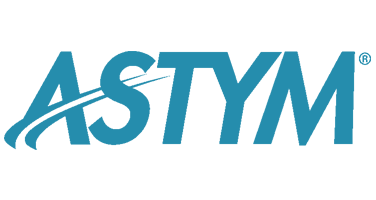
21 Feb Back Pain Part II: Pitfalls and Opportunities
Meet today’s guest blogger:

Dave Rubsam, PT, OCS
Dave has been a physical therapist for over 20 years, having graduated from the University of Iowa in 1989 with his masters in physical therapy. He practices at Marion Physical Therapy in the Marion, Iowa area, and has worked in outpatient settings most of his career. Dave has been board certified as an orthopedic specialist since 2001, and has been certified in the Astym system since 2003, which he uses extensively in his practice.
In our last discussion, we talked of the structural causes or origins of back pain, and spoke of how we may need professional guidance to help us sort out what type of back pain we are having. Now, I’d like to talk about some pitfalls of how we cause back pain to happen, and tie these errors to the sources of pain we now understand.
Back pain can be the result of a traumatic one-time injury like a car accident, a bad fall, or a sports collision. Just like a sprain or a broken bone, these injuries have significant forces involved, and it is no surprise the back can be affected if it is the part of the body impacted by those forces. If so, any of the 5 structures (disc, nerve, joint, ligament, or muscle) we spoke of can be damaged, creating pain. However, trauma is not the most common cause of low back pain (LBP).
The most common cause of LBP is repetitive stress. This stress can take many forms, including poor posture, sustained positions (especially in poor posture), poor lifting technique or improper body mechanics, poor strength or flexibility (or both), and inadequate fitness. Other factors involved are the amount or frequency of lifting, type of job or recreation, smoking, and nutrition.
Poor posture takes the spine out of its natural position and creates excessive bending of the spine, creating abnormal tension on one side and abnormal compression on the other. Eventually some part of the spine or its supportive musculature will begin to break down in response, creating pain in the back, and sometimes elsewhere as well. Sustained positions, even if in good posture, can create excessive strain on our muscles and joints. Virtually all of our tissues thrive on movement, to relieve tension, to promote circulation, and to create joint fluid movement; all helping to bring nutrition to our tissues and take waste products away.
How we move and how we lift can be a major cause of back pain. Lifting improperly puts too much stress on our spine, rather than in the joints and muscles of our arms and legs that were designed to carry the burden of lifting. Even bending over at the waist rather than bending our knees and hips creates a large amount of stress on our low back—made even worse if we add reaching, twisting, or lifting to that bend. If we have a job that includes heavy lifting, prolonged sitting, awkward body positions, or lots of repetition, we are set up to have higher risk of injury.




